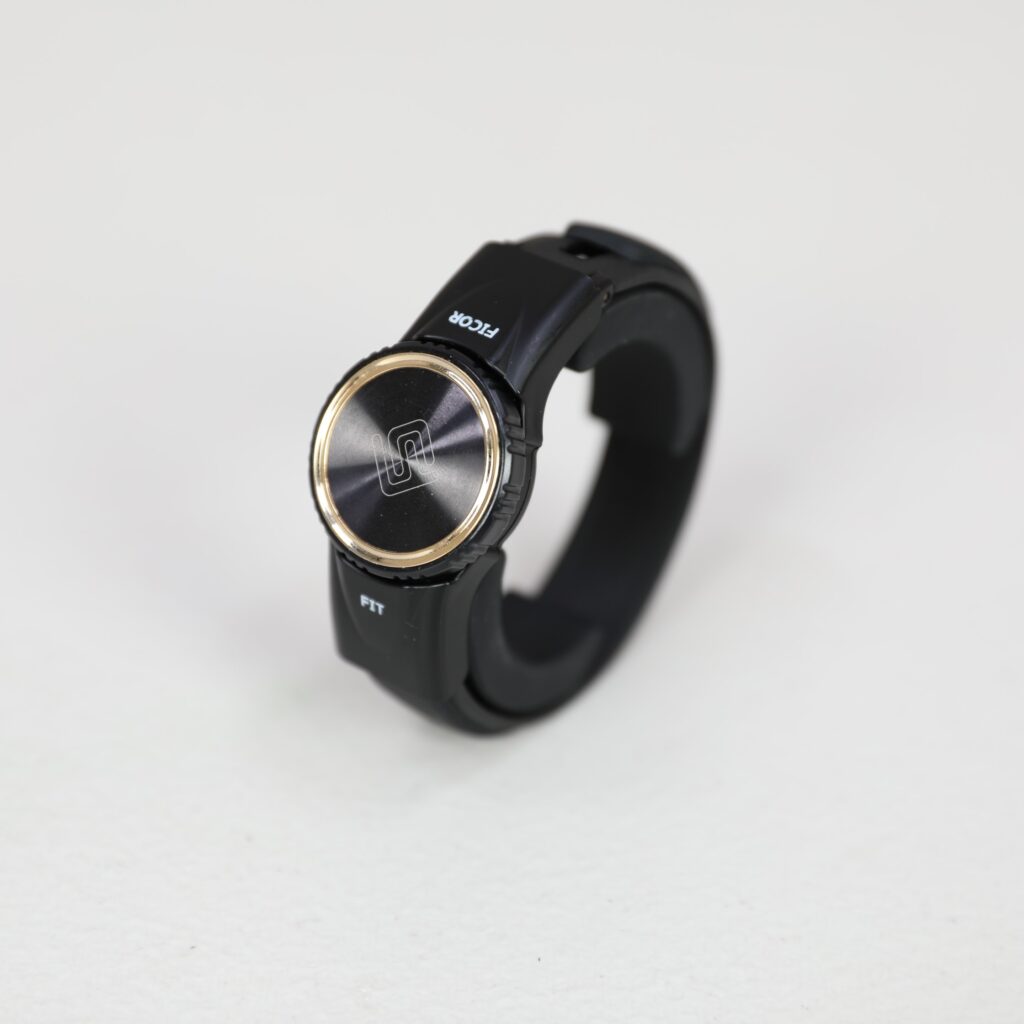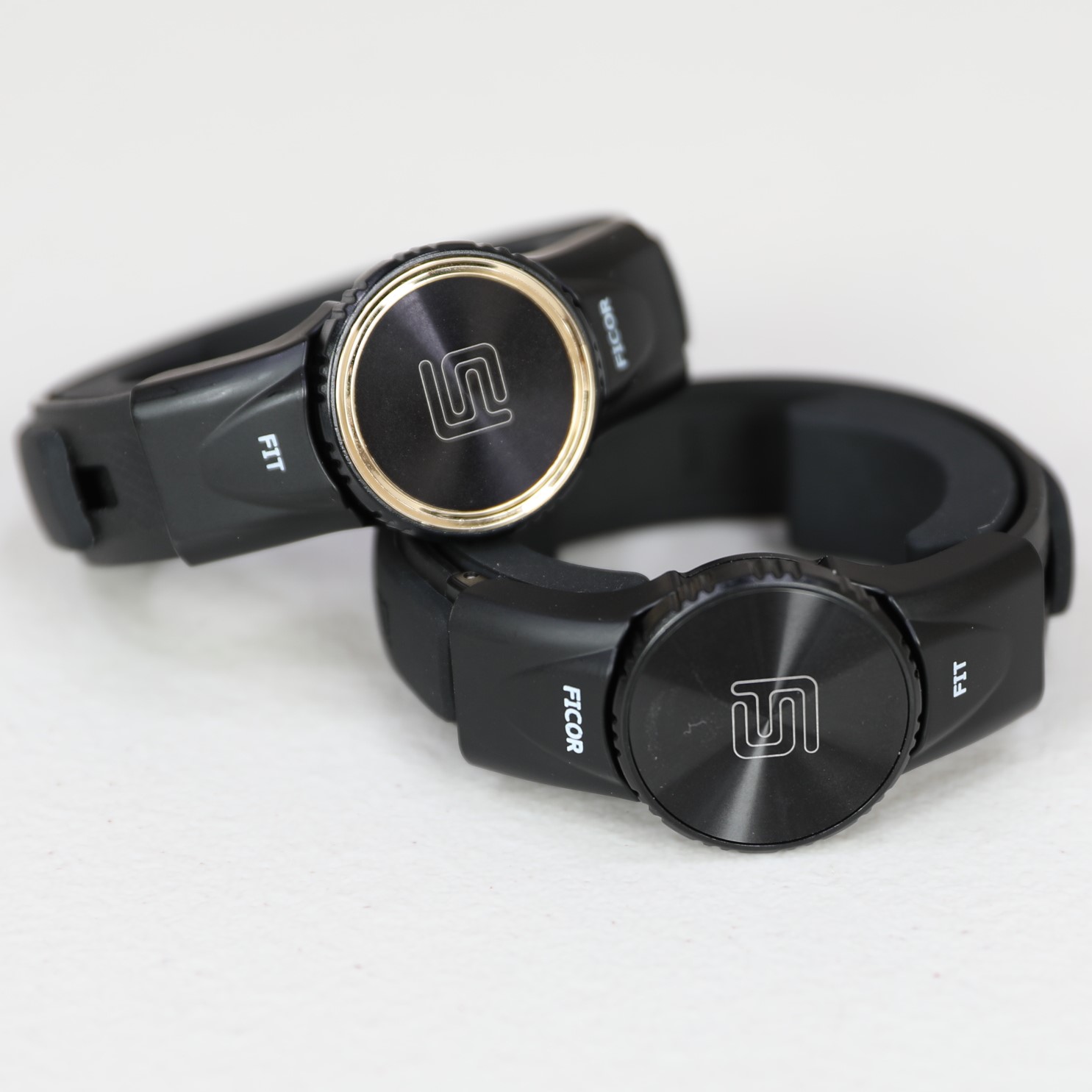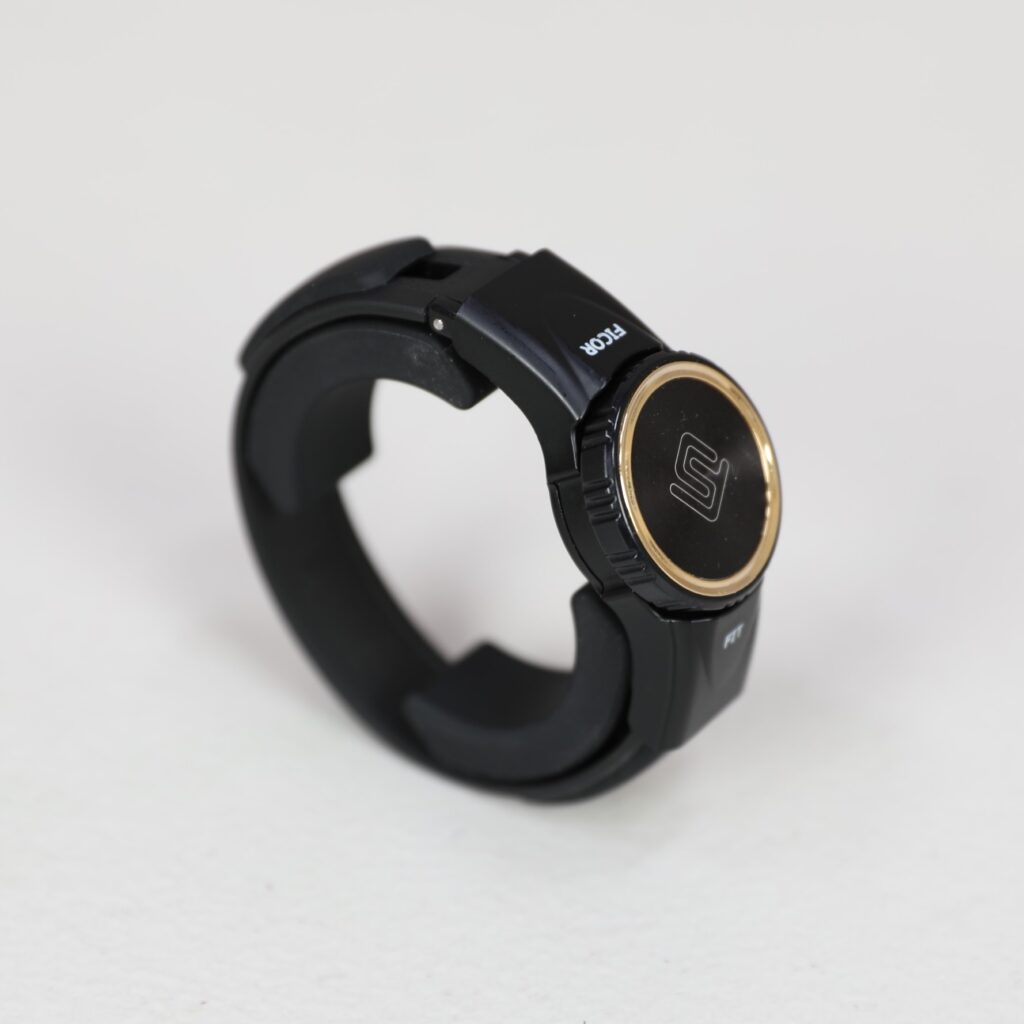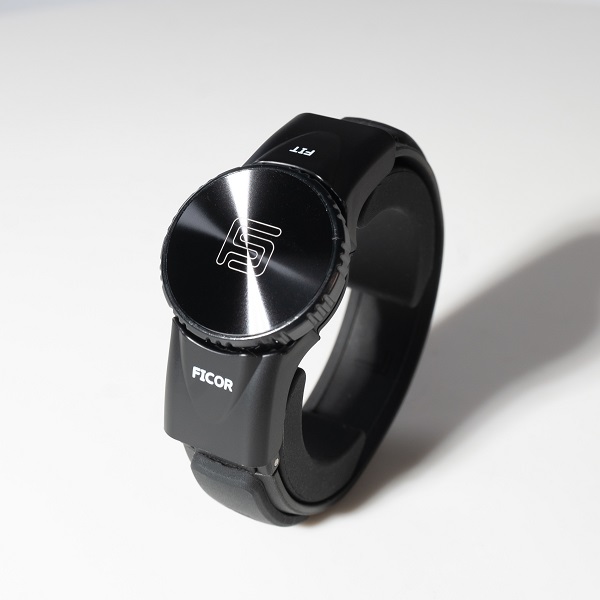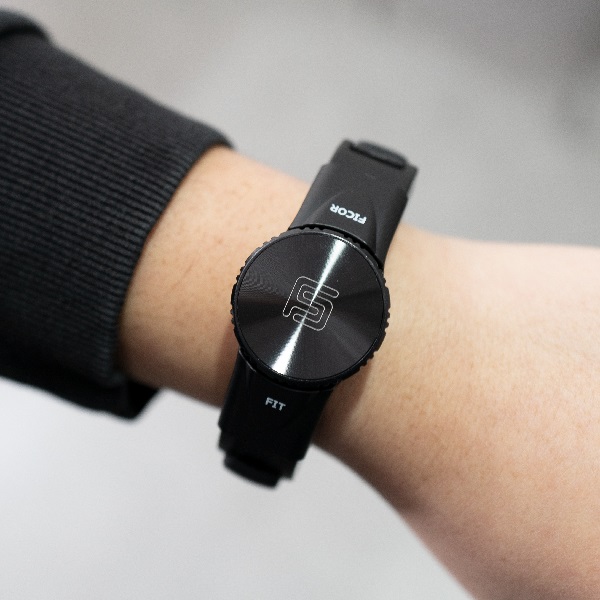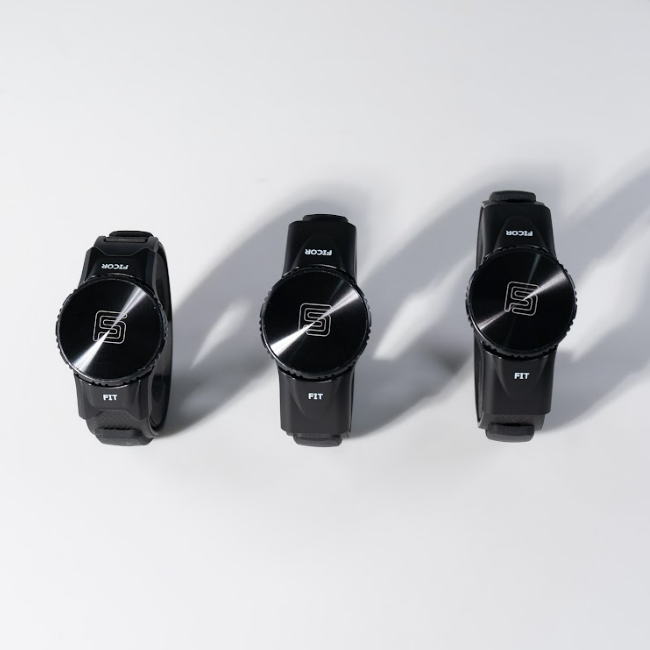Ships within 10 days.
30 Day Money-Back Guarantee
U.S. Company
Wristband For Carpal Tunnel Syndrome
Relief from Wrist Pain While Typing
What is Carpal Tunnel Syndrome?

Carpal tunnel syndrome is a type of repetitive stress injury (RSI) that develops due to the continuous and prolonged performance of movements or actions that exert strain on the wrist and hand. This condition results in the compression of the median nerve within a narrow passageway in the wrist known as the carpal tunnel. The carpal tunnel is a confined space through which the median nerve, along with tendons that control finger movement, passes from the forearm to the hand.
The mechanism behind carpal tunnel syndrome involves the accumulation of pressure on the median nerve, which is responsible for transmitting sensations and controlling muscle movements in the thumb and the first three fingers. The repetitive motions or positions that lead to this pressure can cause inflammation and swelling within the carpal tunnel, further exacerbating the compression on the median nerve.
As a consequence of this nerve compression, individuals afflicted with carpal tunnel syndrome often experience a range of uncomfortable and often painful symptoms.
How can I prevent Carpal Tunnel pain?
Repetitive stress injuries can be caused by different types of activities that cause repetitive motion like typing, using a computer mouse and some kinds of sports activities. Preventing wrist RSIs involves taking frequent breaks to rest, configuring your work area to maintain healthy posture, using ergonomic equipment, and practicing regular stretching and strengthening exercises. You should proactively try to prevent repetitive stress injuries so you don’t inadvertently worsen them or need surgery.
How do I know if I’m getting Carpal Tunnel?
 You might be developing carpal tunnel syndrome if you experience any of the following symptoms:
You might be developing carpal tunnel syndrome if you experience any of the following symptoms:
– Numbness and Tingling: Especially in the thumb, index, middle, and part of the ring finger. This sensation might extend up your arm.
– Pain or Discomfort: Dull, aching pain around your wrist, palm, or forearm, which might worsen during certain activities or at night.
– Weakness: Reduced grip strength or difficulty holding objects, leading to a sense of weakness.
– Burning Sensation: A feeling of burning or electric shocks in your hand and fingers.
– Tingling or Pins and Needles: Uncomfortable sensations similar to pins and needles, particularly in the fingers.
– Pain Radiation: Discomfort spreading from your wrist to your forearm or even your shoulder.
– Wrist Stiffness: Stiffness in the wrist, especially after periods of rest, affecting range of motion.
– Discomfort During Activities: Pain that worsens during repetitive wrist movements like typing or gripping.
– Nighttime Symptoms: Symptoms often worsen at night and can disturb your sleep.
If you’re experiencing these symptoms, it’s recommended to consult a medical professional for an accurate diagnosis. Early detection and proper management can help prevent the condition from worsening and promote effective treatment
What triggers Carpal Tunnel Syndrome?
Carpal tunnel syndrome is triggered by factors that increase pressure on the median nerve in the wrist. Common triggers and risk factors include:
– Repetitive Hand Movements: Activities that involve repetitive wrist and hand motions, like typing, using a computer mouse, some sports activities or assembly line work, can contribute to the development of carpal tunnel syndrome.
– Awkward Wrist Positions: Keeping the wrist bent or flexed for extended periods, especially during activities like typing, can compress the median nerve.
– Anatomical Factors: Some individuals may have a smaller carpal tunnel size or variations in wrist anatomy that increase the likelihood of nerve compression.
– Medical Conditions: Conditions like diabetes, rheumatoid arthritis, hypothyroidism, and obesity are associated with a higher risk of carpal tunnel syndrome.
– Pregnancy: Hormonal changes during pregnancy can lead to fluid retention and increased pressure within the carpal tunnel.
– Injury or Trauma: Wrist injuries, fractures, or repetitive trauma can cause inflammation and swelling within the carpal tunnel.
– Genetic Predisposition: A family history of carpal tunnel syndrome may increase susceptibility to carpal tunnel syndrome.
– Gender: Women are more prone to carpal tunnel syndrome, which may be related to differences in wrist anatomy and hormonal factors.
– Age: The risk of developing carpal tunnel syndrome tends to increase with age.
– Occupational Factors: Jobs that involve repetitive hand movements, vibrations, or forceful wrist flexion can contribute to the development of carpal tunnel syndrome.
– Technology Use: Prolonged computer or device use can exacerbate the risk.
Identifying and addressing these triggers, along with adopting ergonomic practices, taking breaks, and seeking medical attention when symptoms arise, can help mitigate the risk of developing carpal tunnel syndrome.

Are you suffering from Carpal Tunnel Syndrome?
Experience the innovative design
of the Ficor Goldilocks wristband
Does Carpal Tunnel heal on its own?
A mild case of carpal tunnel syndrome typically doesn’t tend to resolve on its own over time. This condition, characterized by the compression of the median nerve within the carpal tunnel of the wrist, usually requires medical intervention to effectively manage its symptoms and prevent the potential worsening of the condition. Early and appropriate treatment is of paramount importance to not only alleviate discomfort but also to stave off the possibility of long-term damage and impairment.
While it’s natural to hope that mild symptoms might improve with rest or time, carpal tunnel syndrome often requires more proactive measures due to the nature of its underlying causes. The repetitive and sustained actions or positions that contribute to the syndrome’s development can result in ongoing stress on the wrist and median nerve, leading to inflammation, swelling, and persistent compression. Without intervention, this compression can cause a cascade of symptoms that may intensify over time.
What activities make Carpal Tunnel symptoms worse?
Engaging in repetitive activities that involve frequent wrist movements or continuous gripping can exacerbate the symptoms of carpal tunnel syndrome. Common activities such as typing, gaming, assembly line work, and certain sports can contribute to the compression of the median nerve within the carpal tunnel, leading to increased discomfort and potentially intensifying the condition. Therefore, adopting proper practices and techniques is crucial to mitigate strain and manage the impact of these activities on the wrist and hand.
How can I get pain relief for Carpal Tunnel Syndrome?
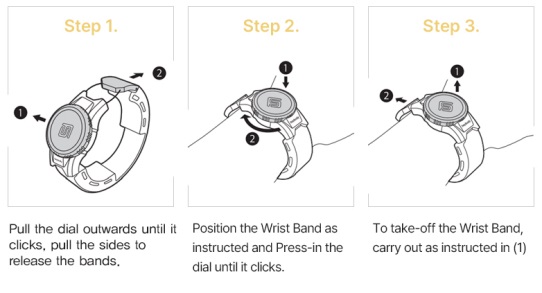
To get pain relief for carpal tunnel syndrome, try these solutions:
– Rest and modify activities.
– Wear a wristband and practice ergonomic adjustments.
– Apply cold packs and consider over-the-counter pain relievers.
– Explore physical therapy and hand exercises.
– Try corticosteroid injections or alternative therapies.
– Consult a physician for personalized guidance and treatment options.
How long do you have to wear a carpal tunnel wristband or brace?
The duration for which a carpal tunnel wrist brace or wristbands, like the Ficor Fit or Ficor Goldilocks, should be worn varies based on individual factors and medical guidance. Generally, it is recommended to wear the brace during specific circumstances, particularly activities that have the potential to exacerbate carpal tunnel symptoms. The goal is to provide support and alleviate strain on the wrist to minimize discomfort and prevent further irritation of the median nerve.
The decision regarding how long to wear a wrist brace is influenced by several factors:
– Severity of Symptoms
– Specific Activities
– Work and Lifestyle
– Guidance from Healthcare Provider
– Rest and Recovery
Wrist Pain Symptoms
Symptoms of CTS include pain and tingling in the wrist & fingers, numbness/weakness in the hand.
Golfer’s elbow occurs when the tendons and muscles in the forearm are overused.
The symptoms of Tennis Eblow can include pain, swelling, and stiffness in the elbow.
Repetitive Strain Injury (RSI) is caused by repetitive motions such as typing, sewing, or using a mouse.
Triangular Fibrocartilage injuries are caused by overuse or misuse of a muscle or joint.
Wrist tendonitis is inflammation of the wrist tendons and can affect all ages.
Wrist sprains are characterized by twisting or rotating the wrist suddenly.
De Quervain’s Tenosynovitis causes pain and tingling in the wrist or hand.
Application Areas
Table Tennis Players

Lab Researchers

Military Personnel
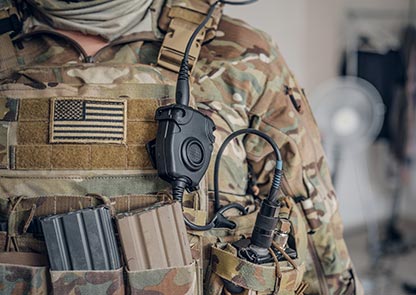
Manual Workers





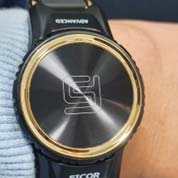
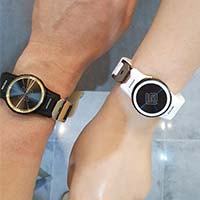

© Ficor Health, Inc. | All Rights Reserverd

